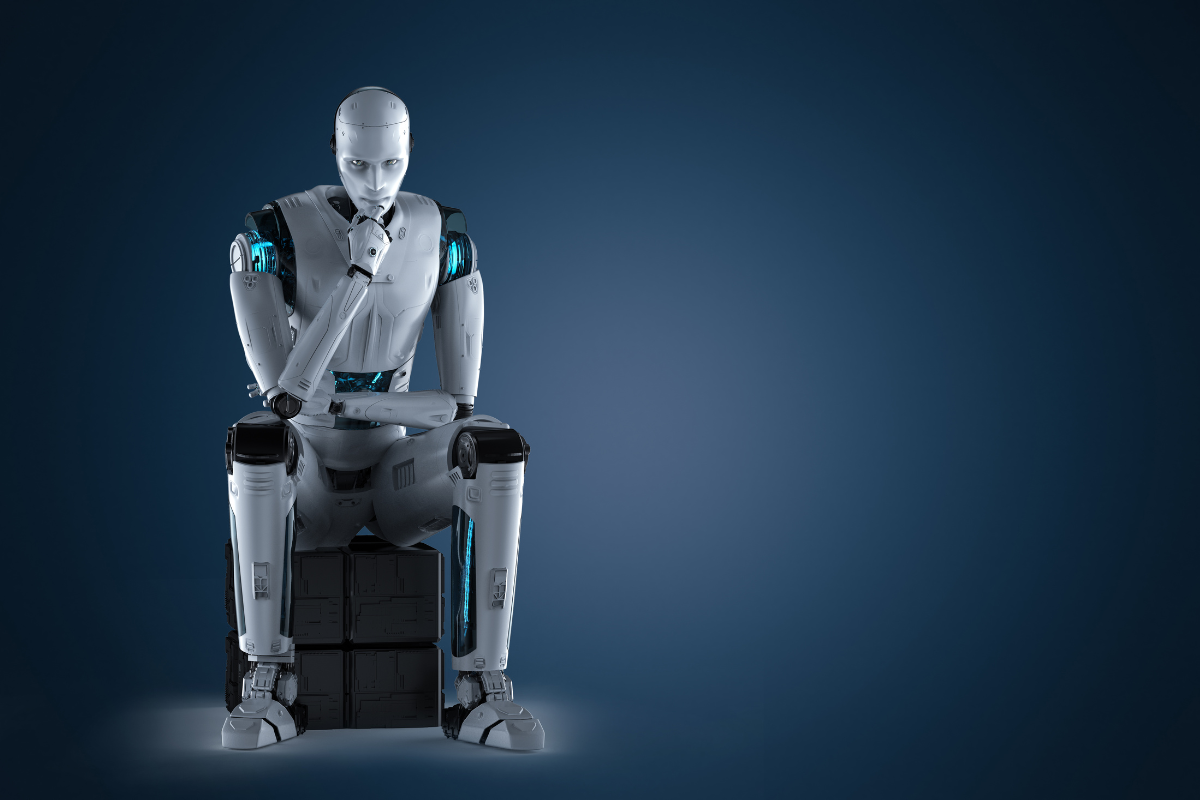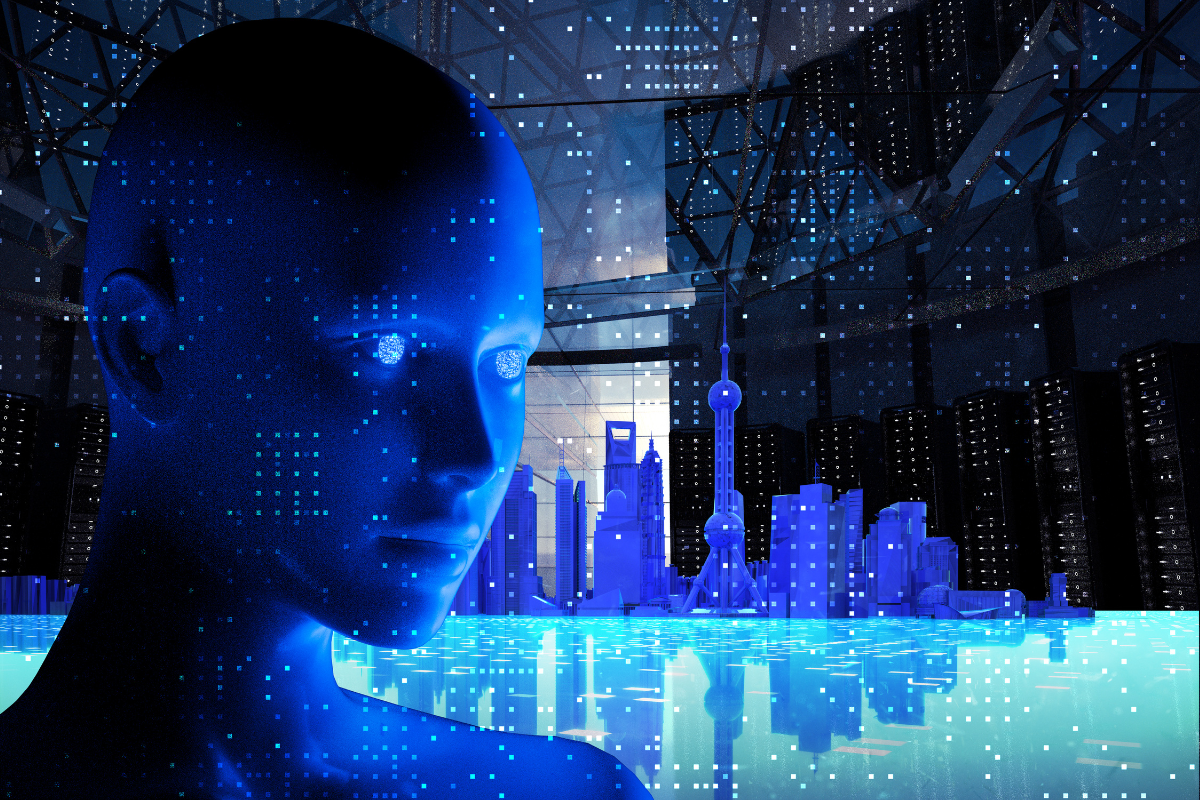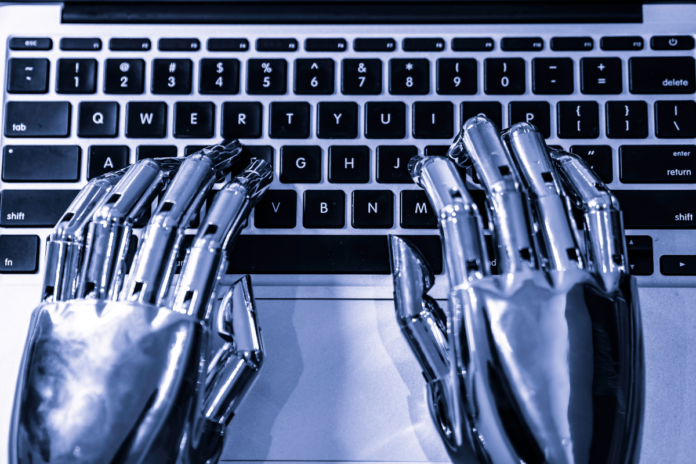By: Nick Gambino
You’ve likely heard about generative AI, especially in recent months with the explosive popularity of ChatGPT and MidJourney. For those of you who haven’t had the opportunity to mess around with the newest public-facing AI you’re probably wondering – what is generative AI?
Artificial intelligence or AI has always been used as more of an examining tool that combs over existing materials to spit out an analysis or maybe remix that material, but it’s never been much of a generator in and of itself. That’s changing. Generative AI means exactly that – an AI that can create content like images, videos, articles and a number of traditionally human-created pieces.

MidJourney for example has been used to create awesome looking images of whatever prompts are fed into it by a human. There are other apps that also do this. You may have seen a ton of new digitally drawn profile pics on Facebook and Twitter. Not to be harsh, but they are more flattering versions of what the person actually looks like which is kind of the point. They simply fed this info into a generative AI app and it spit out a Katniss Everdeen inspired version of the user.
ChatGPT is a buzz word you’ve also probably run across in the last couple of months. It’s a simple idea really. You feed the AI-powered chatbot some sort of prompt and it spits back a text or code response. It’s been used for all manner of things including creating song lyrics, loglines for movies and code to run computer programs.
The question is: where does it end? The answer is: it doesn’t. In the next decade or two generative AI tools may be pumping out content that is almost indiscernible from that of a human’s.

I think the real question is: will we put the same value on it as we do the content generated from the mind of a thinking, empathetic human with a real point of view? In a way it’s like inflation. If it’s pumped out at a mad rate, the value of a single piece goes down. We’ll begin to look for artists and writers with red blood pumping through their veins. Those are the generators who will continue to surprise us because they have native complex thinking, not an approximation of the process.
Generative AI isn’t going anywhere. It will continue to be used as a tool to increase efficiency in business or fast advertising, but I don’t see it ever replacing the artisan who’s earned their viewpoint through living. Though the artist themselves may use it as a tool to generate ideas or help solve problems.
Disclaimer: This article has been written by a human.










